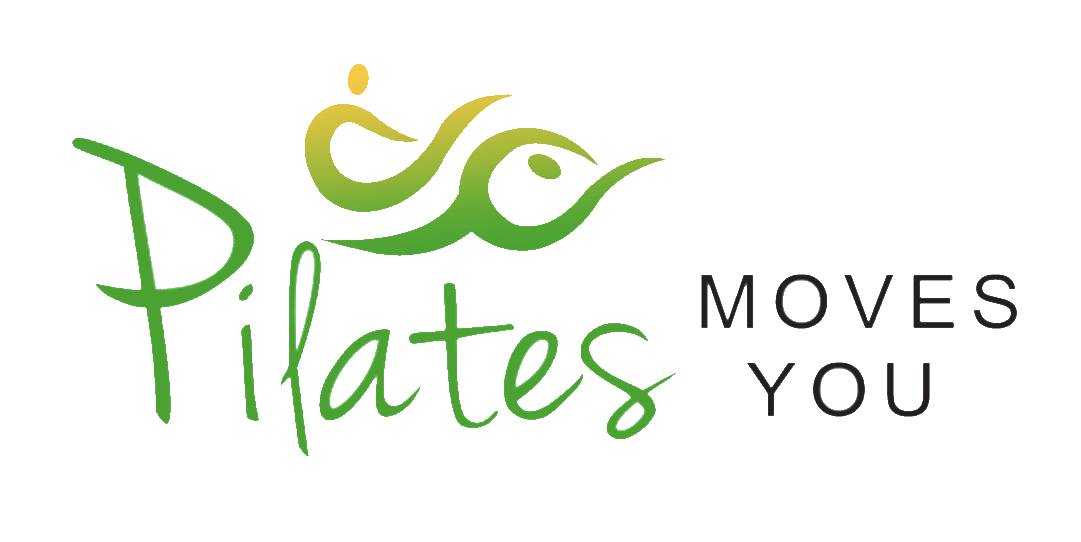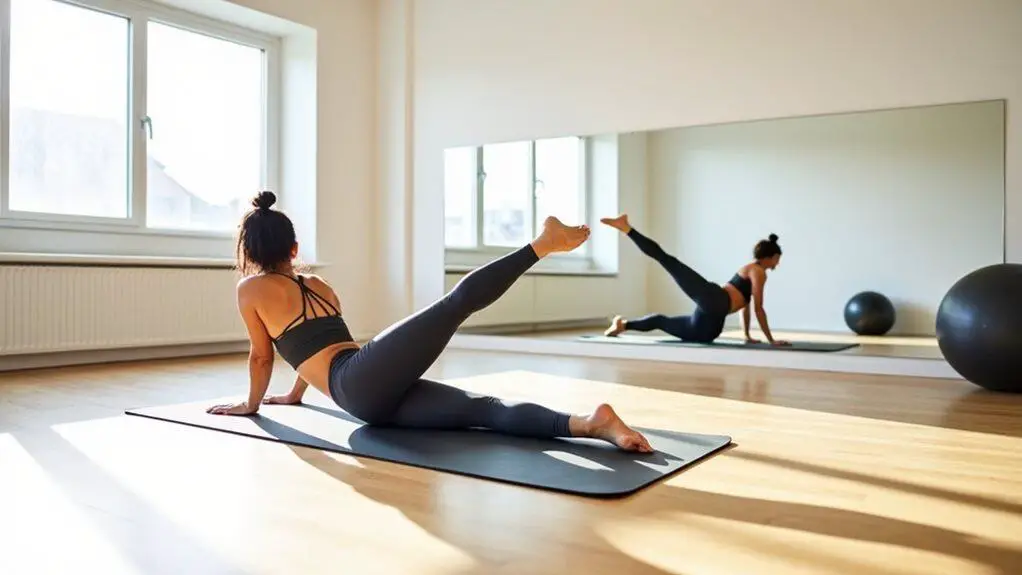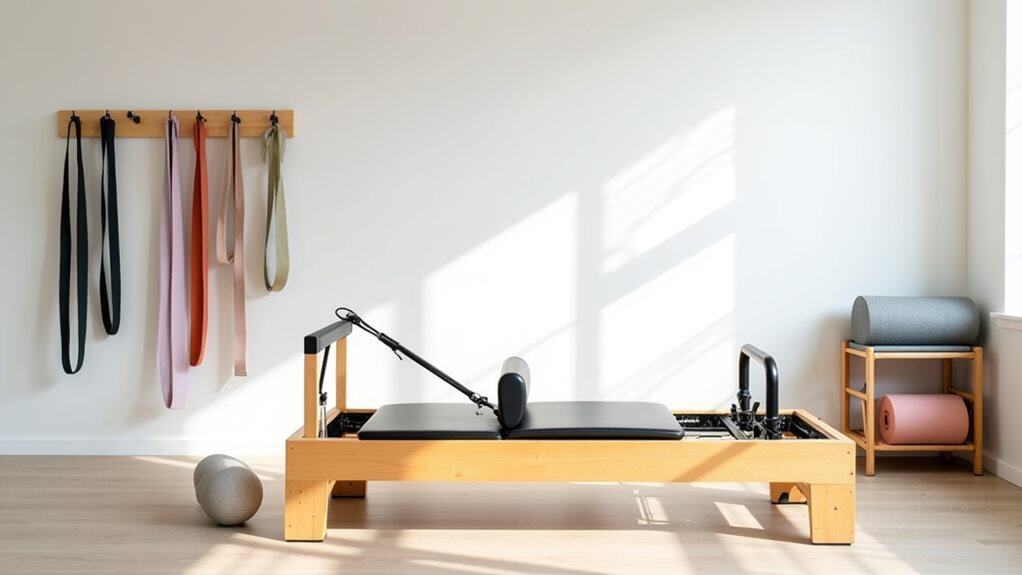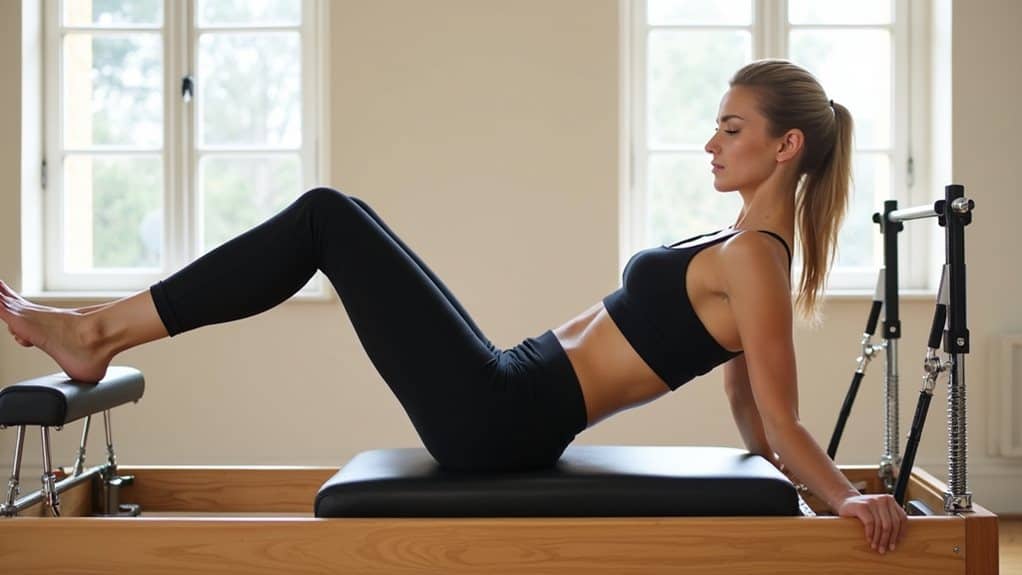In holistic well-being, a harmonious dance exists between two ancient disciplines that graced cultures for centuries. One, originating from the spiritual depths of India, emphasizes balance, flexibility, and inner peace; the other, birthed in early 20th century Germany, underscores core strength, control, and physical rehabilitation.
Combining Yoga and Pilates enhances flexibility, core strength, and mental tranquillity. Yoga deepens mindfulness and emotional balance, while Pilates focuses on muscle tone and spine alignment. Practices include fusion classes blending both techniques. Together, they offer a comprehensive approach to mind-body wellness.
Together, these practices paint a vivid tapestry of holistic health, inviting us to delve deeper into a world where mind, body, and soul converge for unparalleled wellness. Dive into this exploration to unveil the captivating symphony of these intertwined modalities.
Historical Roots: Tracing the Origins of Yoga and Pilates
- Yoga: The Ancient Spiritual Journey
Yoga, rooted deeply in ancient India, can be traced back over 5,000 years. Originally, it was more than just the physical postures (asanas) we recognize today. Yoga encompassed a broad spectrum of spiritual and ascetic practices, including meditation (dhyana), breath control (pranayama), and ethical standards. The ultimate aim of yoga was spiritual enlightenment or union with the divine.
Sacred Texts and Evolution: The ancient scriptures, including the Vedas, Upanishads, and especially the Bhagavad Gita and the Yoga Sutras of Patanjali, lay the philosophical groundwork for yoga. Over the millennia, various branches and schools of yoga have emerged, each emphasizing different aspects, whether devotion, knowledge, or service.
- Pilates: The Modern Exercise Revolution
Pilates, in contrast, is a relatively modern practice developed in the early 20th century by Joseph Pilates, a German physical trainer. His method, originally named “Contrology,” was born from his experiences with body conditioning and rehabilitation.
A Health Pioneer: Joseph Pilates believed in the interconnection of mind, body, and spirit, but his approach was more anatomically focused. He developed a series of exercises using specialized equipment like the Reformer, Cadillac, and Wunda Chair to strengthen the core, improve posture, and enhance physical vitality. Pilates became especially popular among dancers and elite athletes.
The Convergence: While originating from different periods and places, Yoga and Pilates center on holistic health. Their shared emphasis on the harmony of mind, body, and spirit has made them complementary disciplines in wellness. In contemporary settings, integrating both practices has become a compelling method for those seeking comprehensive well-being.
Physical Synergy: Melding Flexibility and Core Strength
- Yoga: The Art of Flexibility
At the heart of yoga are asanas (postures) designed to improve flexibility, balance, and stability. Through stretches and holds, yoga gently elongates muscles, increases the range of motion in joints, and enhances overall suppleness. As practitioners move through poses like the Downward-Facing Dog, Pigeon, or Forward Fold, they stretch the major muscle groups and the deeper connective tissues, fostering holistic flexibility.
Balanced Strength: While yoga is renowned for promoting flexibility, it also fosters strength. Poses like Plank, Warrior, and Tree Pose require muscle engagement, balance, and endurance, toning various body parts.
- Pilates: The Core’s Best Friend
Pilates zeroes in on the core – the powerhouse of the body. It’s not just about the superficial ‘six-pack’ muscles but deeper muscles like the transverse abdominis and the pelvic floor. The meticulously crafted movements in Pilates, often performed on specialized equipment, ensure that the core is engaged, stabilized, and strengthened. Exercises like The Saw, The Hundred, and Leg Circles target different core sections, enhancing muscle tone and endurance.
Beyond the Core: Though core-centric, Pilates also benefits the rest of the body. It improves posture, aligns the spine, and promotes muscular symmetry. The controlled, repetitive exercises tone the limbs, back, and glutes, making it a full-body workout.
- The Combined Power: Merging the flexibility-centric approach of yoga with the core-strengthening focus of Pilates creates a synergistic effect. This fusion results in a body that’s not only limber but also strong and stable. When practiced together, they balance the body’s potential for mobility and strength, ensuring optimal physical health and minimizing the risk of injury.
Mental Tranquility: The Confluence of Mindfulness and Control
Yoga: A Pathway to Mindfulness
Yoga’s essence transcends the physical, plunging into the depths of the mind. Central to yoga is meditation and pranayama (breath control). Through these techniques, practitioners cultivate awareness, focus, and presence. The meditative components of yoga—whether the focused attention during a balancing pose or the deep introspection in Savasana—teach the mind to observe without judgment and remain present amidst distraction.
Inner Peace and Clarity: Consistent yoga practice, especially meditation, has been shown to reduce stress, anxiety, and depression. By encouraging mindfulness, yoga enables practitioners to achieve a state of mental calm, allowing them to navigate life’s challenges with greater clarity and stability.
Pilates: Mastery Through Control
Pilates emphasizes the concept of ‘Contrology,’ the complete coordination of body, mind, and spirit. Each movement in Pilates requires deliberate control and precision. This conscious engagement demands full mental attention, turning each exercise into a mindful activity.
Emotional Balance and Confidence: As practitioners hone their control over their physical movements, they indirectly foster a sense of discipline and mastery over their emotions and thoughts. The enhanced body awareness and control achieved through Pilates often translate to boosted self-confidence and a more balanced emotional state.
- Blending Mindfulness and Mastery: When yoga’s mindfulness meets Pilates’ emphasis on control, the result is a harmonious mental state characterized by awareness, presence, and discipline. This intersection offers practitioners a unique platform to develop a calm, focused, and resilient mind capable of facing external challenges and internal turmoil with grace and poise.
Fusion Classes: Integrative Techniques and Best Practices
The Rise of Fusion Classes
With the growing recognition of the complementary nature of Yoga and Pilates, studios and instructors worldwide have been curating fusion classes, blending the best of both worlds. These classes offer a holistic workout, targeting flexibility, strength, mindfulness, and control, all in one session.
Structure and Flow: Typically, a fusion class might begin with the centering and breath-focused practices from Yoga, transition into core-engaging Pilates exercises, and then conclude with Yoga’s deep stretches and relaxation techniques.
Key Integrative Techniques
- Breath Coordination: Integrating the deep, mindful breathing of Yoga with Pilates’s rhythmic breathing amplifies both practices’ benefits. For example, syncing the breath with movement, as in vinyasa flow, can be combined with the controlled breath patterns of Pilates.
- Seamless Transitions: A smooth transition between Yoga and Pilates movements is vital. The fluidity ensures practitioners maintain focus and energy flow throughout the session.
- Balanced Routine: Ensure a mix of postures and exercises that promote flexibility and strength. For instance, transitioning to a yoga sequence that stretches the back and opens the hips can be particularly rewarding after a series of Pilates core exercises.
Best Practices for Fusion Classes
- Safety First: Given the diverse range of movements from both disciplines, instructors must ensure that transitions are safe and within participants’ comfort levels.
- Clear Communication: With the blend of two techniques, clear cues and explanations are paramount. Instructors should guide participants through the nuances of each movement, highlighting the origins of either Yoga or Pilates.
- Feedback Loop: Encourage participants to share their experiences and preferences, which can help refine the fusion class structure over time.
- Continuous Learning: Instructors should stay updated with advancements in both fields to introduce fresh and effective combinations to their routines.
In Summary: When thoughtfully designed, Fusion classes provide a dynamic and holistic approach to mind-body wellness. They encapsulate the deep-rooted spiritual traditions of Yoga and the anatomically precise methods of Pilates, offering participants a comprehensive pathway to holistic health and vitality.
Sources:
https://www.healthdirect.gov.au/health-benefits-of-yoga-and-pilates
https://www.ncbi.nlm.nih.gov/pmc/articles/PMC8038747/
https://youaligned.com/yoga/5-surprising-benefits-practicing-yoga-pilates/




